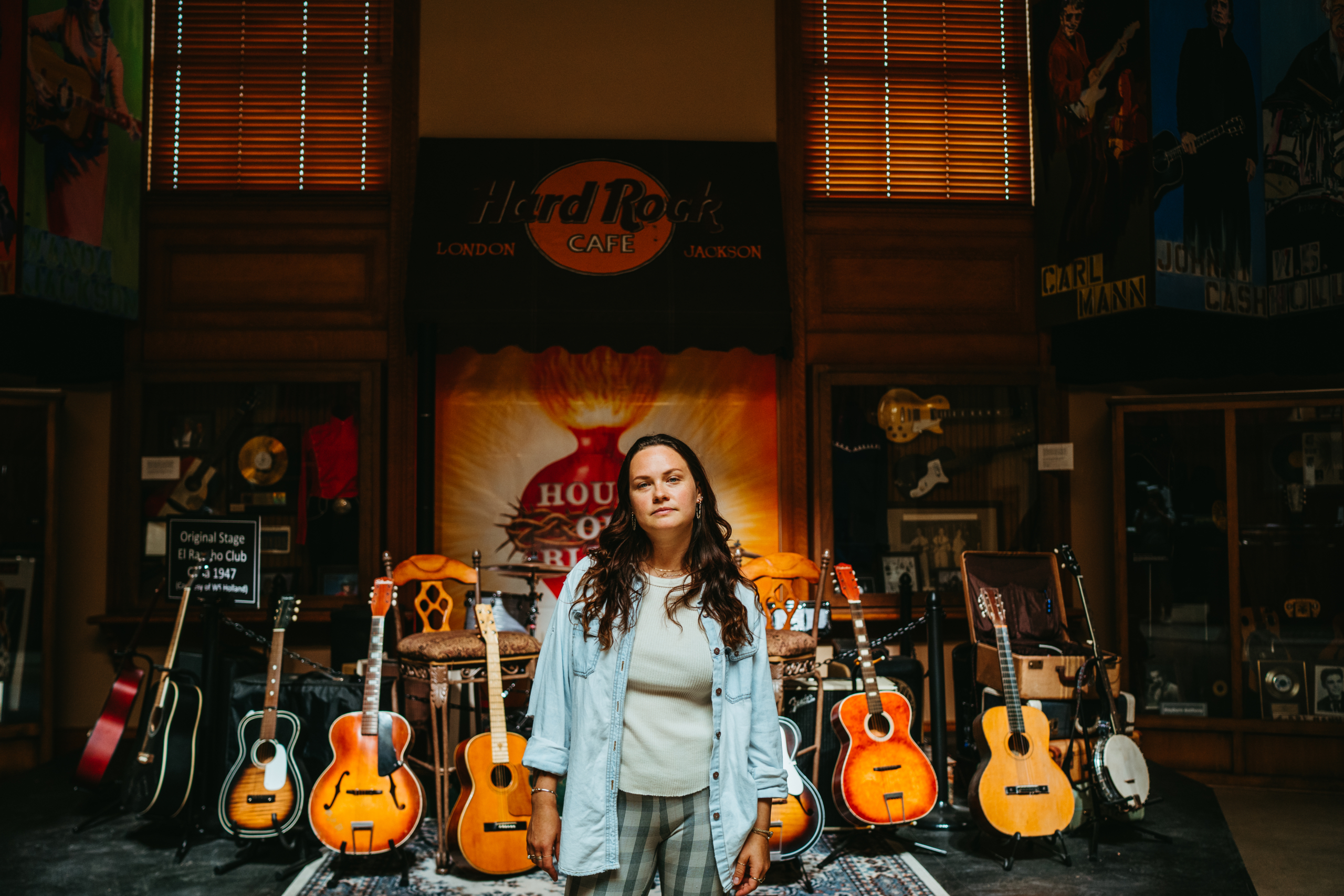Project Description
Musical Heritage
By: Dr. Jeremy Tubbs
To really understand the music heritage of a group of people, we must look back and understand their culture, which includes a unique blend of who, what, when, where, why, and how the music developed over a particular time period. For example, who created the music, what did they use to perform the music, when in time did the significate “big bang(s)” happen (politics, economics, technology, and cultural climate will play a role in the music’s creation), where is the music being performed, why in that location, and how did it get distributed or consumed. As a musicologist, I like to consider music as a recipe with the ingredients blending together to give a certain flavor. Some people create the recipe; some people follow the recipe that’s already created; and hopefully, with a little bit of luck, good timing, and hard work, a lot of people will enjoy consuming the finished results. West Tennessee’s music can be understood by analyzing the ingredients and how those elements came together in time and place.
By the early 1820s, the first settlers had entered Madison County and established the city of Jackson.1 The main economic focus for these settlers was agriculture with cotton being the primary crop. The second thing that happens is the building of churches. Methodists, Presbyterians, Baptists, Anglicans then a bit later, Catholic, and Jewish people moved into the area. Obviously, choral societies, symphony orchestras, and opera and ballet companies were not the primary focus at first, even though these things would eventually find their way to West Tennessee. Musical notation, scales, and instruments heard in Europe were simplified. Scales became more spaced five-note scales with pitches that would slide and bend while notation was either dropped completely for oral tradition or the use of shape notes was used.2 Furthermore, the musical instruments seen in the area were mostly portable and crude folk instruments. Banjos, harmonicas, guitars, jugs, fife and drums, and homemade instruments were popular, but it was the human voice that was by far the most used instrument overall.
We see a blending of two distinct cultures: European- and African-American cultures. In fact, the 1860 census shows it to be about equal in Madison County. Folk ballads from a European tradition blending with instruments and rhythms from African traditions then peppered and seasoned with church music started to give the music of West Tennessee it’s unique flavor. The geographic location had a lot to do with the spread of the music. Rivers and trains help get the people and music from one location to another. Over the decades, the music resonated through the church sanctuaries (gospel), was carried into the cotton fields, shifted into the juke joints (blues) and honky-tonks (country), and later, ended up on radios and televisions heard all over the world. From Sonny Boy Williamson to Carl Perkins to Tina Turner to W.S. Holland to LOLO to Jonathan Singleton and many others, the music from the West Tennessee plains and uplands has been some of the most influential and artistically unique music ever created. With technology as the new vehicle, there is no doubt that the future is very bright. West Tennessee music creators of all forms are busy developing new recipes that combine with the older traditional forms by using computers, software, and the new vernacular.
1 Madison County was established in 1821, and Alexandria, later called Jackson, was established in 1822. 2 Oral tradition is the spreading of stories and music via listening and remembering. It was not written on paper.

